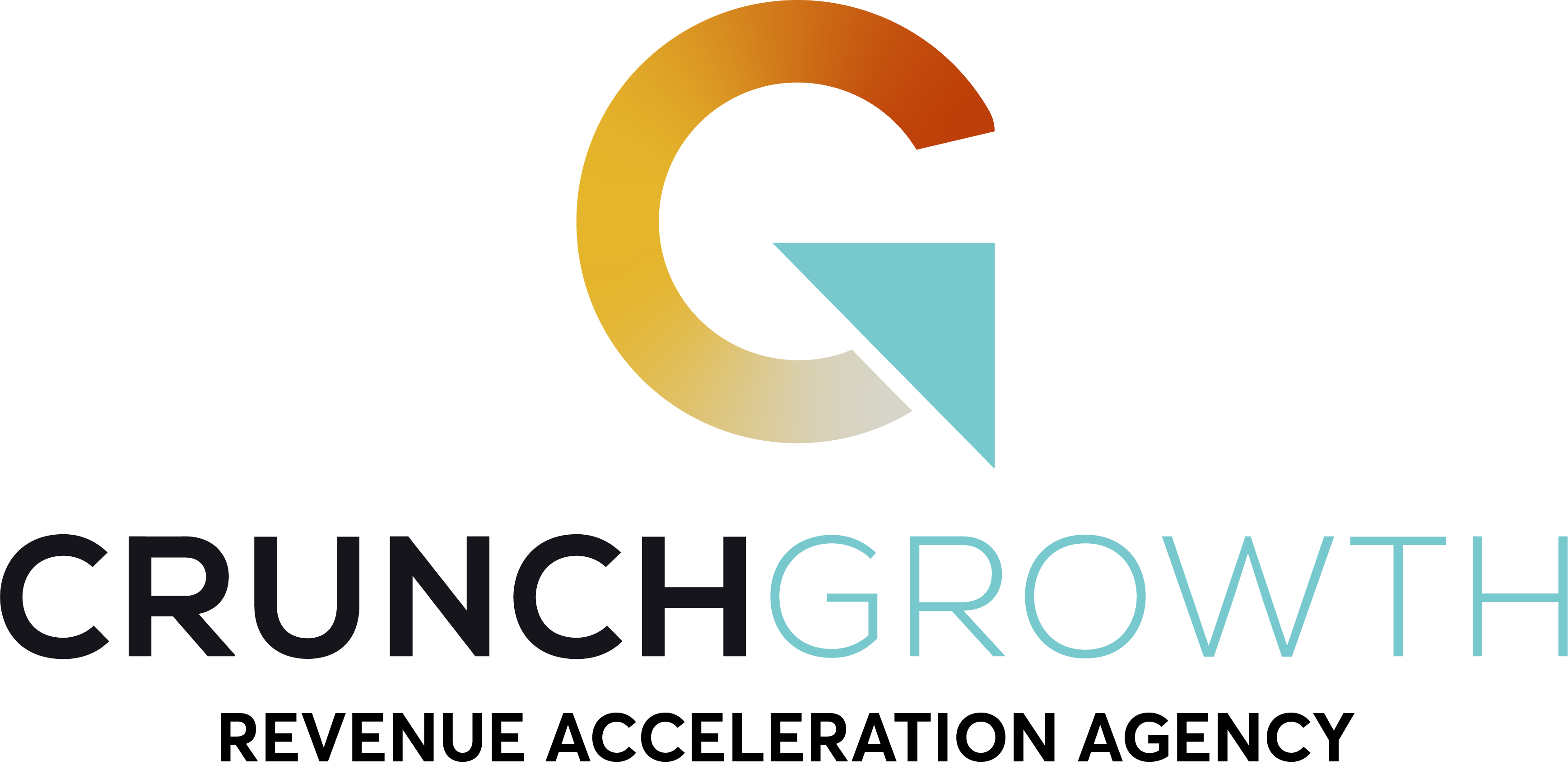HOW DOES SEO WORK?
When we meet with a new client, we always get this question. “How Does SEO Work”?
Most of our clients are e-commerce brands & Amazon marketplace sellers. But our sweet spot is e-commerce across all platforms.
The primary goal of a website is to engage and appeal to its target audience for the best conversion. No other conventional medium has the potential to reach out to as large an audience. On an average, 3.5 billion searches occur every day around the world
What is SEO?
SEO is a digital marketing discipline that helps to improve organic searches of a website. All search engines rank the content of a website using an algorithm which helps find the best answer to a users query. They accomplish this through a process of indexing and crawling.
This helps to evaluate and gauge relevant links for a particular search term. The search engines locate a page and store it in their database. The database is recalled every time a user searches. As a result, all the relevant links containing the keywords are tabulated by the search engine.
Accordingly, businesses need to deploy strategies through which they can optimize their website or web pages in a way that pushes them on top of the searches. In simpler words, businesses strive to get the best possible ranking on the Search Engine Result Page (SERP).
However, always create content for people, not bots.
Here is how search engine optimization works for businesses.
What is a Search Engine?
A search engine is a software-based program that conducts searches for websites via words you assign as “keywords.” When a user searches for a particular keyword, the search engine goes through its database to get the user the best quality answer to their query.
Google is the earth’s biggest search engine with about 75% of all searches. Bing and Yahoo account for about 15% and the rest is spread out around a handful of others.
How Does the Search Engine Work?
The World Wide Web (WWW) is a vast space. If a user knows what they are looking for and where they can find it, they input the URL in the browser’s address bar.
But, if you don’t know where to find what you are looking for, a convenient way is to search on search engines through relevant keywords.
People use search engines every day for finding restaurants, products or hiring professionals. But as a business, you want to be on the top of that list when a user types in their query.
This does not happen by accident. It takes hard work, time and research.
Meta Description Tags
Let’s start with Meta Description Tag. A good marketer uses the 160 character limit to describe exactly what each page on their site is about. This is also the short description that shows up on the SERP page.
Spiders are fond of the Meta description tags since they give the search engine clear insights into what the content is about. A business owner or a marketer makes use of Meta tags to specify exactly how they would like their web page to be classified on the search engine.
During the internet crawling, all information gathered by the spiders is stored by its ranking. Specifically, a search word found on a web page is assigned a weight-age depending upon its frequency in the content, its usage in the Meta tag, heading, and URL along with its placement.
The gathered information is either condensed or encoded in a smaller form to be saved and stored.
Afterwards, the search engine will index the information through a hash table. During hashing, the information is assigned a numeric value by its relation and preference to other words.
The next step in understanding how a search engine works is to know how the platform responds to a query put forward by a user.
When a query is entered into any search engine, it looks up its database to find sources that match the keywords entered by a user, leading to targeted results.
How Does a Search Engine Process Search?
It is important to know that the mechanism of a search engine is not simple. Search engines might seem simple at first glance, but the algorithm is very complicated. We know that there are over 200 items that Google uses to rank a site in search.
Search engines are constantly being updated to ensure the accuracy of information. All search engines such as Google, Bing, and Yahoo follow the same procedure to retrieve a search result of a user. However, the results may vary due to differences in the search engine’s algorithm. The final search result depends upon the platform that you are using. Following is an excerpt of how a search engine processes search to retrieve results.
A user enters a query in the field of a search engine.
The software running the search engine mechanism sorts millions of pages in its database to find the right matches for the query assigned by the user. The search results are displayed and ranked as per their relevance.
How does SEO work?
Search Engine Optimization is a complicated process which is done to improve the online presence of a blog or a website. The skill of using relevant keywords and phrases in your content to make your blog relevant and readable when compared to your peers and competitors is the goal of SEO.
The search engines are always working on the back-end to refine how they rank web pages for more accurate results. However, to successfully end up on the first page of Google or any other search engine, there are two key focus areas.
Onsite SEO:
Onsite SEO is based on the content and infrastructure of your website such as
Keyword analysis,
Keyword research,
Targeting specific keyword clusters,
Content and performance optimization,
Information and website structure
Tags and meta tags
Title optimization
Content and descriptions
Offsite SEO:
Offsite SEO is based on the activities performed on other online sources to optimize your site such as:
Link to your site from other relevant sources
Guest blogging
Social media marketing
Influencer Marketing
Advanced SEO Techniques
Domain name selection:
Choosing an appropriate domain name is extremely crucial. All website owners strive to increase the recognition and recall of their domain name amongst their target audience.
Focus on the main keyword of your domain name instead of concentrating on the web pages. The reason is that your domain name will showcase your website in the best possible way. For example, if your site is about vehicles, try selecting a word or name such as “bestcarsinBaltimore.com.” It allows your website to link more to your business which will result in better rankings on search engines and will attract the right audience.
Website design
It is essential to design your website so that it is user-friendly, aesthetically appealing and aligns with the overall theme of your industry. The first thing a visitor will look for in your website is usability. The easier it is to navigate for the user, the better chances that the visitor will make a repeat visit. The design of your website should be aligned with your target audience. For example, if your business website offers professional services to the corporate world, it should have a neat and clean look. Alternatively, if your site is about kids, it must include colors to appeal to them.
Make sure your site is device responsive. Meaning that the experience for the user is the same whether they get there on a phone, tablet or desktop.
High-quality content
To say you need quality content on your website is an understatement. You need original content on every page of your site. This will keep the visitors to your site engaged. The content should look professional and must address the users query when they land on the page.
Build your content for the user. If you excel at this, the search engines will rank it. Quality content is a major component to ranking.
Take the time to ensure that the content on your website is free of errors and duplication. Irrespective of the authenticity of a website, if a user finds poor quality content such as content with spelling mistakes, language or grammatical errors it not only creates a bad word of mouth but also questions the authenticity of the website.
Semantic Search
Search engines find 25% new search terms on a daily basis. Keyword research is crucial as it not only includes a particular keyword but keyword phrases as well. Keyword phrases revolve around the core keyword. For instance, if your keyword is “used vehicles,” the phrases could be “premium quality used vehicles.” These are long tail keywords and get a better ROI than high-velocity keywords.
But semantic SEO looks at the questions behind the keywords. What is the user really looking for? Once you figure this out, you can better tailor your content on your pages.
Keyword Density
Keywords are those terms and phrases which a user might search for while visiting your website. You can include a different set of targeted terms and phrases on multiple pages so that your visibility chances are higher than others. However, do not clutter the content on your website with the keyword. It is important to keep in mind that keywords placement is done in a natural flow to avoid spamming. Try including important keywords in the title and headings and then precisely use other relevant keywords across the page.
Link building strategies
You can use several link building strategies such as guest blogging to gain popularity and get natural links to your site. Get yourself registered on different platforms and generate content linking it back to your original website.
Those businesses which keep the user experience in mind while creating content and designing pages have a higher probability of getting an improved search ranking. There are no shortcuts to reaching your intended audience. With the combination of tools mentioned above and providing best user experience, you can rank higher on various search engines. So when clients ask us How Does SEO Work, this is what we explain to them. Of course the next question is usually Can you manage this for us?












Leave A Comment